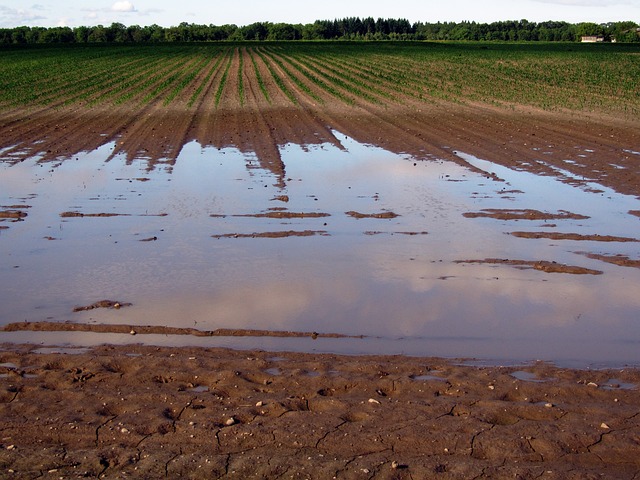
Karim Khayat serves as CEO of Middle East Power, an organization with a strong reputation as one of the leading figures in the Middle Eastern energy industry. Under Karim Khayyat’s stewardship, Middle East Power is committed to minimizing its carbon footprint, generating local employment opportunities in the operation of energy-efficient, environmentally friendly projects. This article will explore the Lebanese energy crisis and how it has sparked an exponential uptick in interest in solar power.
For decades, Lebanese homeowners have been paying two electricity bills: one for state-provided electricity and the other for subscription to privately operated electricity generators.
The Lebanese financial crisis, which the World Bank describes as one of the worst in modern history, started in 2019. The country’s already floundering energy sector felt the full force of the economic downturn, becoming notoriously dysfunctional.
Today, Beirut residents receive just two to three hours of state electricity each day. Just a few years ago, many relied on backup from private electricity generators. However, skyrocketing inflation has forced families to reprioritize their needs, with many choosing to forego their expensive generator subscriptions.
Instead, across Lebanon’s capital today, solar panels dot balconies, rooftops and car lots, facilitating the first steps in a return to normalcy. Speaking with The New Arab, environmental engineer Ramzi Salmen indicated that the Lebanese are increasingly turning to the sun to meet their electricity needs, with solar power becoming a must to secure a supply of sustainable electricity. As Mr Salmen points out, the positive environmental outcome is production of renewable, clean and emission-free power.
According to the International Monetary Fund, electricity accounts for almost half of Lebanon’s colossal $85 billion of public debt. For years now, the Lebanese government has subsidized the national electric company, Electricite du Liban, covering a $35 billion deficit.
Experts in sustainable power suggest that the Lebanese government should take swift action, shutting down inefficient old power plants and investing in building new ones. In addition, industry experts suggest that policymakers should utilize renewable energy sources, enabling them to provide electricity 24-hours a day at a lower cost, reducing public spending and debt while simultaneously increasing domestic productivity.
Almost three years into the country’s trifecta of economic, political and social crises, many Lebanese families are desperate to find solutions. Lacking a reliable source of electricity, those who can afford to are increasingly making the leap to solar power and other forms of renewable energy.
High school teacher Mohammed Nehme lives in southern Lebanon. He recently asked his brother in Germany to lend him a few thousand dollars, enabling him to install a solar energy system in his home. As he explains, the situation had become unbearable, with his daughters studying for exams with flashlights from their cellphones. Nehme explained that his family had reached zero hours of state-electricity early that summer, with local private generators also limiting their supply while prices soared.
Lebanon’s current economic crisis is the worst in recent memory, with the country defaulting on its national debt in 2020 – sending the value of the currency plummeting as a result. Electricite du Liban generates 90% of the country’s electricity, yet it has only been able to power homes for a few hours a day, with many families experiencing blackouts of up to 23 hours.
However, hope could lie on the horizon in the form of renewable energy, particularly solar power. The International Renewable Energy Agency estimates that, with the right plans in place, Lebanon could cost-effectively source 30% of its electricity from renewable sources by 2030. With 300 days of sunshine a year, large-scale solar projects could pave the way for energy security throughout the country.



